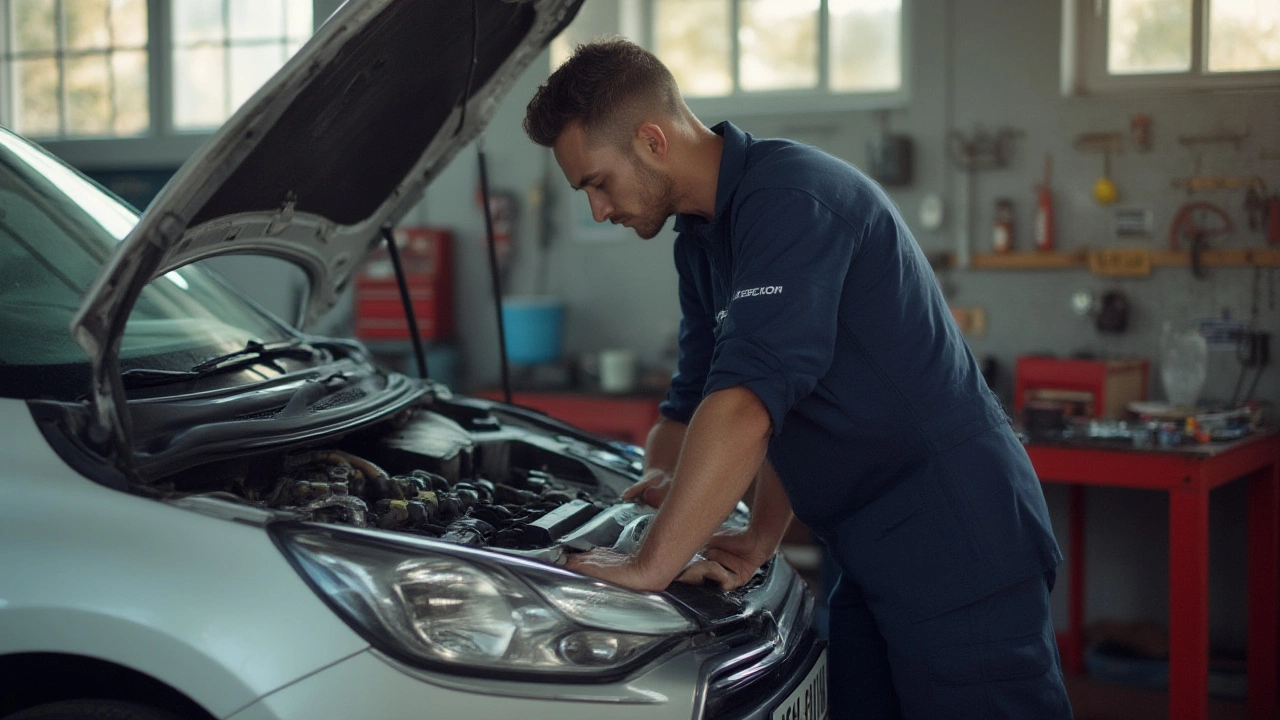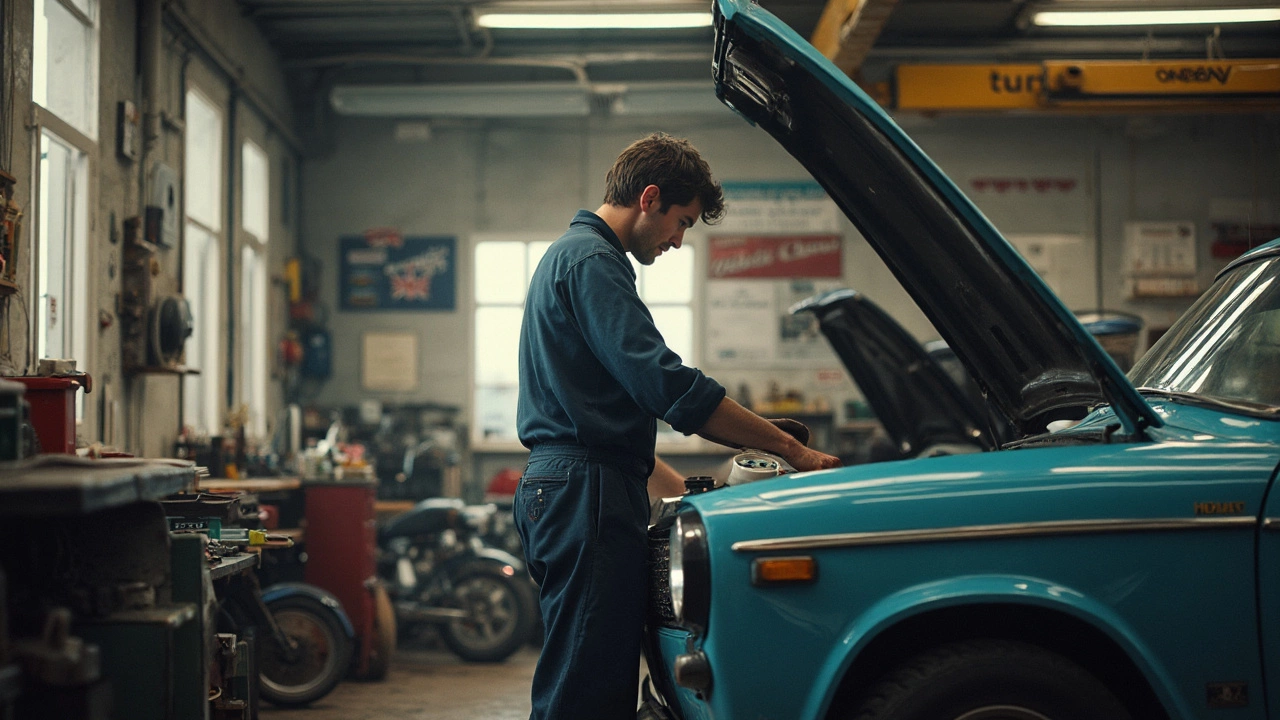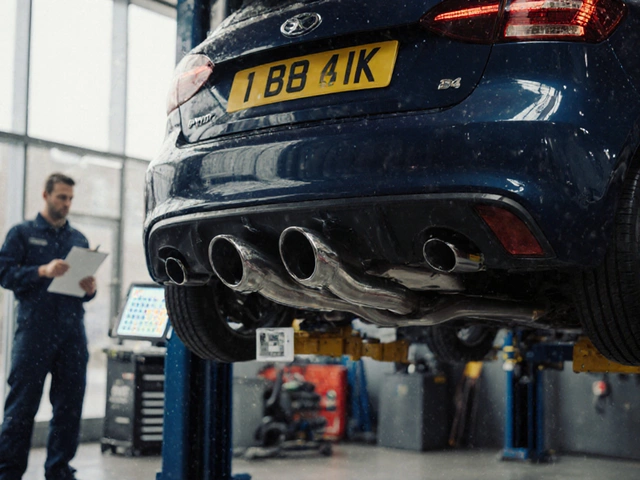Radiator Replacement: Know When It’s Time and How Much It Costs
Driving with a faulty radiator can turn a normal ride into a hot mess fast. Overheating, coolant leaks, and strange smells are signs the cooling system is struggling. Ignoring these clues can wreck the engine and cost you a bundle. In this guide we break down the warning signs, the price range you’ll face, and simple steps you can take before calling a pro.
How to Spot a Bad Radiator
The first thing to watch is the temperature gauge. If it creeps into the red zone quickly after you start the engine, the radiator isn’t shedding heat properly. Look under the car for puddles of green, orange or pink fluid – that’s coolant escaping. You might also notice steam puffing from under the hood, a sweet smell, or a thumping noise when the fan kicks on. Feel the radiator after the engine cools; it should be cool to the touch. If it’s still warm, the water isn’t circulating.
Another quick test is the pressure check. Most auto parts shops have a pressure tester you can attach to the radiator cap. If the pressure drops quickly, the radiator or hoses have a leak. A visual inspection can reveal rust, corrosion, or clogged fins. Clean any debris with a soft brush; sometimes a simple clean restores flow.
What to Expect from Replacement Costs
Replacing a radiator isn’t a one‑size‑fit‑all price. For a standard family car, a new radiator usually costs £80‑£200 for the part alone. Luxury or performance models can push the part price past £500. Labor adds another £70‑£150 on average, depending on shop rates and how easy the unit is to reach.
If you’re comfortable with tools, you can save on labor by doing the swap yourself. The job typically takes 2‑4 hours: drain the coolant, disconnect hoses, remove the old unit, bolt in the new one, refill and bleed the system. You’ll need a wrench set, screwdrivers, a drain pan, and a funnel. Follow the service manual for torque specs to avoid over‑tightening bolts.
Don’t forget the ancillary parts. A new thermostat, radiator cap, or hose clamps can add £20‑£50. It’s wise to replace these at the same time; they’re cheap and failure later will cost you more.
When you get a quote, ask the shop to break down parts, labor, and any extra fees. Some garages will offer a discount if you bring your own radiator, but make sure it’s the correct fit for your make and model.
In short, keep an eye on temperature, coolant levels, and visual clues. If any of these raise a red flag, check the pressure and consider a replacement. Knowing the price range helps you budget and decide if DIY is worth it. A healthy radiator means a cooler engine, smoother rides, and fewer surprise repairs down the road.
 8 July 2025
8 July 2025
Radiator Replacement Guide: When Should You Change Your Car Radiator?
Get the facts on how often to replace radiators. Learn the signs of a failing car radiator, tips to extend lifespan, and the real-life timelines for safe, worry-free driving.
 25 May 2025
25 May 2025
How Long Does It Take to Replace a Radiator? Expert Breakdown for Car Owners
Wondering how long a radiator replacement actually takes? This article breaks down the step-by-step process and shares what can make it faster or slower. You'll get tips on whether to tackle it yourself or hire a pro, plus advice on how to spot signs your radiator's on its last legs. Save time and money by knowing what to expect before you pop the hood or visit the shop.
 13 March 2025
13 March 2025
Is Replacing a Radiator a Tough Task?
Replacing a radiator might seem daunting, but understanding the process can make it manageable. This article explores the ins and outs of radiator replacement, including tools needed and common pitfalls. While it requires some automotive know-how, with guidance, it’s doable for DIY enthusiasts. Discover useful tips and interesting facts about radiators to make the job less intimidating.
 9 March 2025
9 March 2025
Is Replacing Car Radiators Really Worth It?
Replacing a car radiator can seem daunting, but it might be necessary for optimal vehicle performance. This article explores the importance of car radiators, signs it's time for a replacement, and offers practical tips for maintaining your vehicle's cooling system. Discover what factors influence the cost and availability of radiators, plus learn some handy DIY advice for those considering tackling the job themselves. We aim to help you decide if radiator replacement is the right choice for you.
 12 November 2024
12 November 2024
How Much is a Car Radiator Replacement?
Replacing a car radiator can be essential for maintaining vehicle health, yet its cost varies widely based on factors like car model and local labor charges. This article delves into the financial aspects of radiator replacement, offering insights into parts costs, labor fees, and potential DIY approaches. It also explores signs of a failing radiator and when replacement is necessary. By understanding these elements, car owners can make informed decisions about their vehicle maintenance.
Latest Posts
-

What Are Symptoms of a Fuel Pump Going Out? Signs You Can't Ignore
-

Do Windshield Wipers Fit All Cars? A Comprehensive Guide
-

How Long Do Silicone Wiper Blades Last? Real Lifespan Facts & Replacement Tips
-

New Exhaust System Cost: UK Price Guide 2025
-

Can a Fuel Pump Be Bad and Still Work? Signs You're Driving on a Dying Pump

0